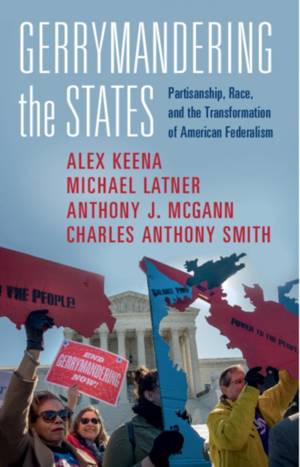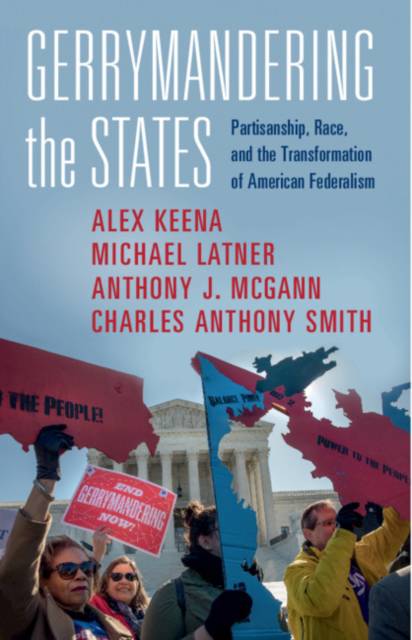
- Afhalen na 1 uur in een winkel met voorraad
- Gratis thuislevering in België vanaf € 30
- Ruim aanbod met 7 miljoen producten
- Afhalen na 1 uur in een winkel met voorraad
- Gratis thuislevering in België vanaf € 30
- Ruim aanbod met 7 miljoen producten
Zoeken
Gerrymandering the States
Partisanship, Race, and the Transformation of American Federalism
Alex Keena, Michael Latner, Anthony J McGann McGann
Hardcover | Engels
€ 122,95
+ 245 punten
Uitvoering
Omschrijving
State legislatures are tasked with drawing state and federal districts and administering election law, among many other responsibilities. Yet state legislatures are themselves gerrymandered. This book examines how, why, and with what consequences, drawing on an original dataset of ninety-five state legislative maps from before and after 2011 redistricting. Identifying the institutional, political, and geographic determinants of gerrymandering, the authors find that Republican gerrymandering increased dramatically after the 2011 redistricting and bias was most extreme in states with racial segregation where Republicans drew the maps. This bias has had long-term consequences. For instance, states with the most extreme Republican gerrymandering were more likely to pass laws that restricted voting rights and undermined public health, and they were less likely to respond to COVID-19. The authors examine the implications for American democracy and for the balance of power between federal and state government; they also offer empirically grounded recommendations for reform.
Specificaties
Betrokkenen
- Auteur(s):
- Uitgeverij:
Inhoud
- Aantal bladzijden:
- 250
- Taal:
- Engels
Eigenschappen
- Productcode (EAN):
- 9781316518120
- Verschijningsdatum:
- 22/07/2021
- Uitvoering:
- Hardcover
- Formaat:
- Genaaid
- Afmetingen:
- 152 mm x 229 mm
- Gewicht:
- 526 g

Alleen bij Standaard Boekhandel
+ 245 punten op je klantenkaart van Standaard Boekhandel
Beoordelingen
We publiceren alleen reviews die voldoen aan de voorwaarden voor reviews. Bekijk onze voorwaarden voor reviews.











